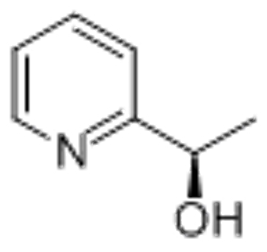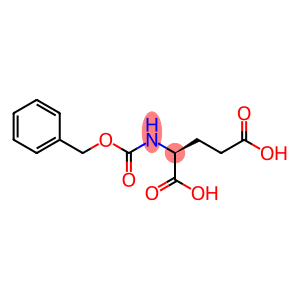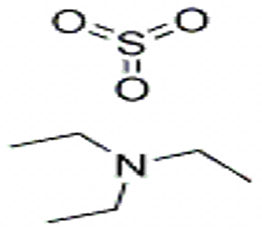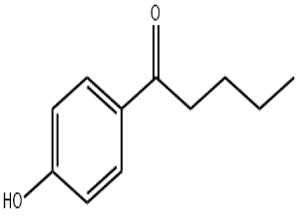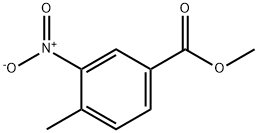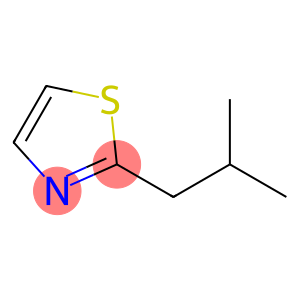(R)-2-(1-Hydroxyethyl)pyridine(CAS# 27911-63-3)
| Hazard Symbols | Xn – Harmful |
| Risk Codes | R22 – Harmful if swallowed R37/38 – Irritating to respiratory system and skin. R41 – Risk of serious damage to eyes R36/37/38 – Irritating to eyes, respiratory system and skin. |
| Safety Description | S26 – In case of contact with eyes, rinse immediately with plenty of water and seek medical advice. S39 – Wear eye / face protection. S37/39 – Wear suitable gloves and eye/face protection |
| WGK Germany | 3 |
| FLUKA BRAND F CODES | 10 |
| HS Code | 29333990 |
Introduction
(R)-2-(1-hydroxyethyl)pyridine is a chemical compound.
Quality:
(R)-2-(1-hydroxyethyl)pyridine is a colorless to light yellow liquid. It has a spicy smell and alkaline properties. The compound is soluble in water, alcohols, and ether solvents.
Use:
(R)-2-(1-hydroxyethyl)pyridine is an important intermediate in organic synthesis, which is commonly used as a catalyst, ligand or reducing agent in organic synthesis reactions.
Method:
The preparation method of (R)-2-(1-hydroxyethyl)pyridine is generally achieved by chemical synthesis. One commonly used method is to add a hydroxyethyl group to the pyridine molecule to make the stereoconfiguration right-handed with a suitable catalyst and conditions. The specific synthesis method can be optimized and improved according to the actual needs.
Safety Information:
The safety profile of (R)-2-(1-hydroxyethyl)pyridine is high, but personal precautions during handling should still be observed. In case of contact with skin and eyes, rinse immediately with plenty of water. Avoid inhaling its gases or vapours and choose suitable ventilation conditions. During use, avoid contact with strong oxidizing agents and flammable substances to avoid danger. Specific safety operations should follow the relevant safety manuals or technical guidelines for chemicals.


